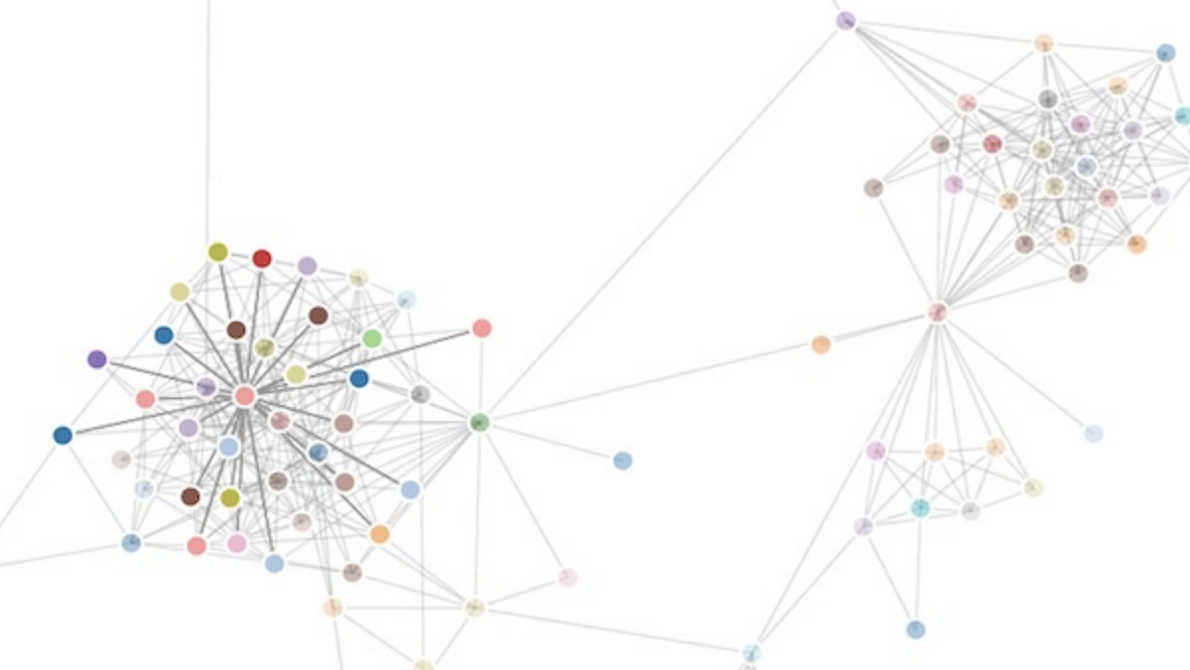People analytics are all the rage, partly fueled by a goal to achieve a Moneyball-type assessment of talent. We’re a long ways from achieving the level of knowledge that baseball has about the value of talent, but employers that are not actively using talent analytics are putting their future at risk. Anyone reading this knows that recruiting is a business-critical function. Success largely depends on talent — acquiring it and keeping it.
Recruiting functions have a tendency to limit themselves to just bringing in talent. That is the primary role for recruiters, but there’s no reason to limit analytics to just workflows and processes. Given the data available recruiting should also stay on top of internal talent — what is available, where can it add most value, and what is at risk.
A Wider Focus — Beyond the ATS
Getting a broader view of internal talent requires access to data usually not available in the ATS. Knowing who the high flyers are, and where they have performed best, can be analyzed using data in the performance management system and the HRIS/payroll system. Employees with a track record of promotions and high performance typically represent the best internal talent that is most likely to stay. But it’s not a universal truth. Research at HP showed that while promotions decrease flight risk in most cases, the effect is reversed within the sales team: Those promoted more times are more likely to quit, unless they have also experienced a significant pay hike.
It’s a lot easier to keep a bucket filled that isn’t leaking. People analytics that identify high performers and turnover risk can go a long ways toward achieving the goal of retention. This is an area where analytics can put the recruiting function on very firm ground. Performance and turnover has been studied for well over a century, and there’s a lot of research that can help develop the types of analytics needed to identify employees who represent a flight risk or are more likely to be high performers. For example, employees are much more likely to stay and perform better if they participate in training programs — of any type. The content matters little. Research has shown that employees gain more success in a position due to the connections they develop in the organization. Participating in training allows employees to meets others at all levels in other departments. This network can enable them to do their jobs more effectively.
For minority employees, training participation can increase retention by 400 percent. Training participation helps assimilate people into the organization and provide a deeper type of socialization, allowing them to feel more attached.
Analytics on employee networks can be obtained using tools like Socilab (LinkedIn retired its own network visualization tool). These types of analytics can also help gauge network effects. That is, an employee who is very closely linked to others or very influential can produce a cascade effect by leaving.
Beyond Talent Processes
It’s still the early days in the world of people analytics, but it should be recognized that analytics about talent must show a linkage to operational and financial performance. Knowing what qualities in an employee predict high performance or where to source candidates from is useful, but ultimately the analysis must lead to better business results.
Talent analytics need to show how they impact organizational goals. For example, among retailers employee turnover has been shown to have an impact on customer satisfaction and sales. The analytics that become most relevant then become the ones that can help address turnover effects. So a poor candidate pipeline in a key location can have disproportionately more adverse effects than one in a minor location. The people analytics that support this type of analysis have to be connected to sales targets.
There’s also a need for creativity in the use of analytics. Michael Lewis, the author of Moneyball, has applied the concepts pioneered in baseball to basketball. That’s a sport that where team play is much more critical — making it more like how organizations get work done. A group of metrics called “plus/minus” compare team performance when a player is in the game versus when he’s out. Having a certain employee on a team may often make the difference between the team succeeding or failing. But most employers don’t evaluate employees based on their team contributions, only individual ones. No plus/minus analytics have been developed for a business context. We have a long ways to go, but we’re on the right path.
